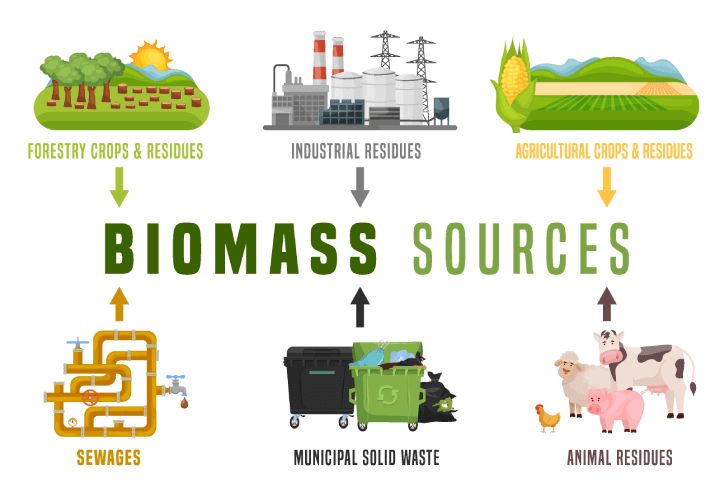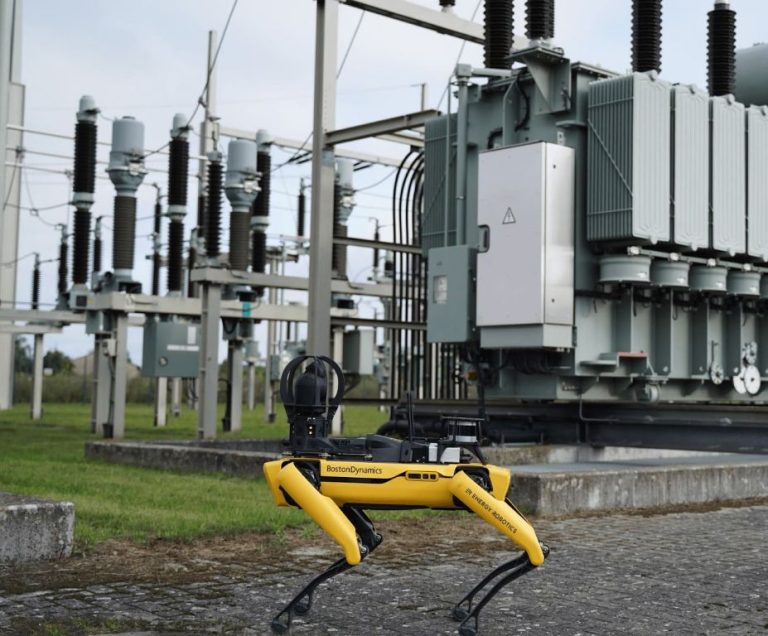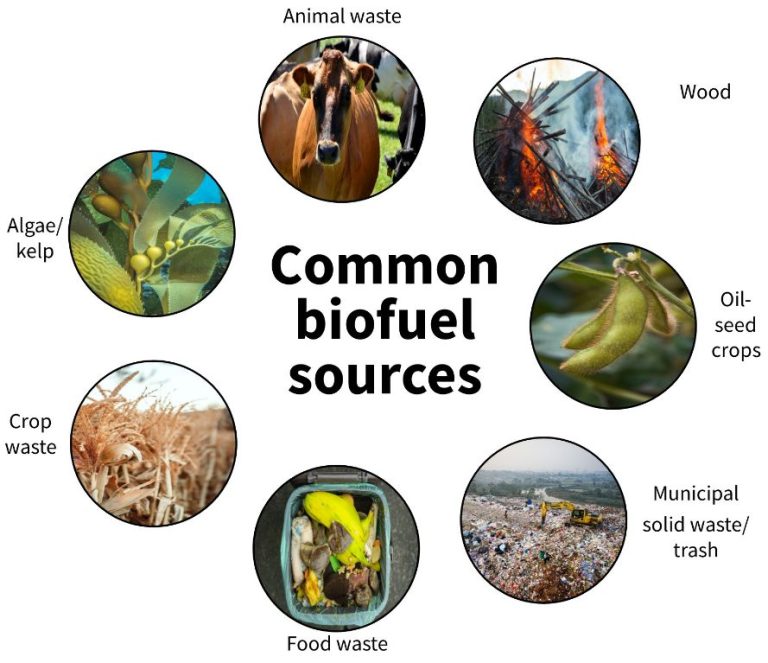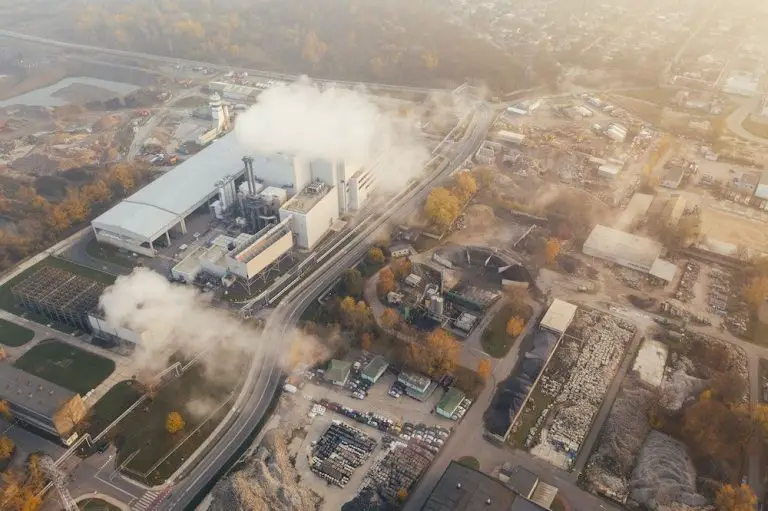Which 4 Types Of Energy Fall Under Potential Energy?
Potential energy is the stored energy an object has due to its position or state. Understanding potential energy is important because it allows us to quantify the potential an object or system has to do work. When that potential is released, it can create motion, light, heat, electricity, or other forms of energy. Potential energy is a key concept across many scientific and engineering fields.
Gravitational Potential Energy
Gravitational potential energy is the energy stored in an object due to its height relative to the surface of the Earth. This energy comes from the gravitational attraction between the object’s mass and the mass of the Earth. The higher the object is above the ground, the greater its gravitational potential energy.
Gravitational potential energy can be calculated using the equation:
EPG = mgh
Where:
- EPG = Gravitational Potential Energy
- m = mass of the object
- g = acceleration due to gravity (9.8 m/s2 on Earth)
- h = height of the object above the ground
Some examples of gravitational potential energy in everyday life include holding a ball up in the air, a hiker climbing up a mountain, and a skier at the top of a slope before descending. The higher each object is, the more gravitational potential energy it possesses. This stored energy is converted to kinetic energy as the object falls towards the Earth. Understanding gravitational potential energy allows us to quantify how much energy can be released as an object moves in a gravitational field.
Elastic Potential Energy
Elastic potential energy is the energy stored in stretched or compressed objects. This energy is stored in the bonds between the atoms of an elastic material like rubber bands, spring coils, stretched ropes, etc. When the object is stretched or compressed, the bonds store mechanical energy that can later be released.
The amount of elastic potential energy stored in an object depends on the stiffness of the material and how far it is stretched or compressed. A stiffer material will store more energy than a flexible one when both are identically stretched or compressed. Similarly, the more an object is deformed, the greater the elastic potential energy it will store. This energy can be calculated using the object’s stiffness (or spring constant) and the displacement from its normal shape.
When the deforming force is removed, the elastic potential energy is converted into kinetic energy as the object springs back to its original shape. This kinetic energy allows the object to do work. Examples of elastic potential energy in action include bungee cords, trampolines, stretched rubber bands, and spring-driven toys. The stretching and compressing of chemical bonds in materials like strained metal also store elastic potential energy.
Chemical Potential Energy
Chemical potential energy is the energy stored in the chemical bonds of molecules and atoms. It is energy that gets released or absorbed during chemical reactions. The energy is stored in the structure of molecules.
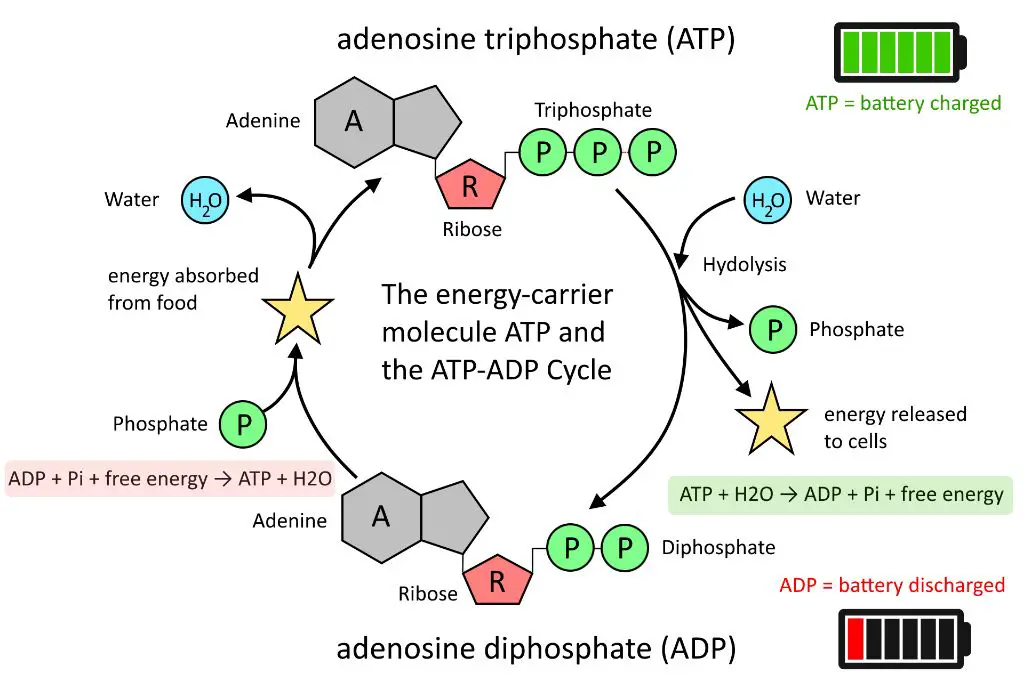
For example, when a fuel like gasoline combusts with oxygen, chemical potential energy stored in the molecular bonds gets released as heat and light. Food like carbohydrates and fats also contain a lot of chemical potential energy in their bonds, which is why they are a good source of energy when metabolized.
Explosives and batteries also contain a large amount of chemical potential energy, which can be harnessed to do work. The more unstable the molecular bonds are, the more potential energy they contain.
Chemical potential energy plays an important role in biology, providing the energy source for metabolic processes. Photosynthesis converts light energy into chemical potential energy stored in the bonds of glucose molecules. Cellular respiration then breaks these bonds to release energy.
The amount of chemical potential energy in a system depends on the types of molecules and bonds present. Manipulating chemical bonds is one way we are able to store and control energy for human applications.
Nuclear Potential Energy
Nuclear potential energy refers to the energy stored in an atom’s nucleus. It arises from the binding together of protons and neutrons within the nucleus by the strong nuclear force. The strong force resists attempts to break apart the nucleus. The more tightly bound the protons and neutrons are to the nucleus, the more potential energy they possess.
Nuclear potential energy is the greatest energy source per mass. However, the release of nuclear energy through fission or fusion involves changes within the atom’s nucleus and results in new product nuclei that are more stable. This conversion from an unstable high-energy state to a stable low-energy state releases an incredible amount of energy, especially given the tiny mass involved. Nuclear power plants and weapons utilize controlled nuclear reactions to capture this energy release.
Since nuclear potential energy deals with forces holding together the nucleus, it differs fundamentally from chemical potential energy. The latter involves only the valence electrons surrounding the nucleus. Nuclear potential energy is millions of times greater owing to the much stronger nuclear forces between protons and neutrons. Tapping into nuclear potential represents the most concentrated source of energy available.
Electrical Potential Energy
Electrical potential energy is energy stored in electric fields or batteries. It refers to the capacity for an electric field to do work on electric charges or the ability of a battery to move electrons from high to low potential.
Electric potential energy results from the positions of charged particles, such as electrons or protons, within an electric field. The strength of the electric field and the amount of charge stored determines the amount of potential energy. Higher potential energy means that more work can be performed on the charged particles when released from their positions.
Common examples of electrical potential energy in everyday life include batteries, capacitors, and power lines. For instance, the chemical energy in a battery is converted to electrical potential energy, which can then be used to power electrical devices. Capacitors also store electrical potential energy through the separation of positive and negative charges onto two surfaces.
Overall, electrical potential energy is a fundamental type of energy critical for the functioning of many electrical and electronic systems we use daily. It allows the storage and release of energy through electric fields for productive work.
Magnetic Potential Energy
Magnetic potential energy is energy stored in magnetic fields. It is the potential energy of a magnetic dipole moment m in an external magnetic field B. Any system that contains magnetic dipoles, such as bar magnets, electrons, atomic nuclei, current-carrying wires, and many molecules, has the potential to store magnetic potential energy.
The magnetic potential energy U of a dipole in a magnetic field is given by:
U = -m⋅B
Where m is the magnetic dipole moment vector and B is the magnetic field vector. This equation shows that the magnetic potential energy is lowest when the dipole is aligned parallel to the external magnetic field (m points in the same direction as B) and highest when it is antiparallel. This alignment of the magnetic dipole moment vector along the magnetic field vector is what gives magnets their orientation and allows them to do work.
Some examples of magnetic potential energy in action include the attraction between two magnets, the torque experienced by a magnetic dipole in a non-uniform magnetic field, the forces acting on moving charges in a magnetic field, and the magnetic energy stored in an inductor’s magnetic field. This potential energy can be harnessed to do useful work in electric motors, generators, and magnetic bearings.
Comparing the Types
The 4 main types of potential energy differ in some key ways but also share similarities.
Gravitational potential energy depends on an object’s height above the ground. The higher up the object, the greater its gravitational potential energy. Elastic potential energy also deals with height, but in the stretching or compressing of elastic materials like springs. The more a spring is stretched or compressed, the greater its elastic potential energy.
Chemical potential energy and nuclear potential energy are related to the configuration of atoms, molecules, and nuclei. Chemical potential energy comes from the arrangement of atoms in molecules and compounds, while nuclear potential energy arises from the composition of an atomic nucleus. Both can release huge amounts of energy when the structures are changed.
While gravitational, elastic, chemical, and nuclear potential energies are stored in different ways, they all share the ability to perform work. When released, the potential energy transforms into kinetic energy and heat. This allows the various forms of potential energy to power everything from bouncing balls to bouncing atoms.
Applications
Potential energy is all around us in everyday life. Here are some examples:
– A rollercoaster sitting at the top of a hill before descending has gravitational potential energy. This transforms into kinetic energy as it goes down.
– Rubber bands and springs store elastic potential energy when stretched or compressed. This energy is released when they snap back into shape.
– Food contains chemical potential energy that our bodies convert into kinetic energy to move and function.
– Nuclear power plants harness the huge amounts of nuclear potential energy stored in uranium or plutonium atoms and convert it into electricity.
– Charged batteries have electrical potential energy that can power anything from small toys to electric cars.
– Magnets have magnetic potential energy that allows them to stick to certain metals or attract/repel other magnets.
Understanding how potential energy works helps scientists and engineers develop new technologies and improves our everyday lives.
Conclusion
In summary, potential energy is energy stored by objects which can be released and converted into kinetic energy or work. The four main types of potential energy are gravitational, elastic, chemical, and nuclear. Understanding the concept of potential energy and the forms it can take is essential in physics and engineering as it allows us to understand how energy flows and is transformed in systems.
Gravitational potential energy depends on height and mass and is important for understanding motion and interactions between objects with mass. Elastic potential energy arises from the deformation of elastic materials like springs and is key for modeling oscillatory motion. Chemical potential energy stored in molecular bonds drives many chemical reactions and biological processes. Nuclear potential energy from binding forces between particles in the nucleus is harnessed for nuclear power.
With knowledge of the types and characteristics of potential energy, we gain insight into the behavior of systems and processes around us. Recognizing the presence of potential energy allows us to predict how and when this energy can be transformed into other forms. Overall, the concept of potential energy is a foundational tool for analyzing both natural and engineered systems across many scientific and technological fields.

